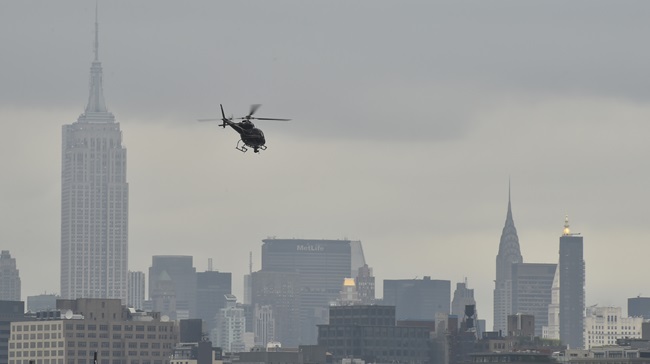FAA proposes airworthiness directive on Piper wing spars
The FAA has proposed a new airworthiness directive (AD) requiring the inspection for metal fatigue of main wing spars on numerous Piper PA–28 and PA–32 single-engine airplanes that have reached a certain factored time-in-service level; reporting the inspection results to the FAA; and replacing wing spars that fail the inspection.
The AD comes in response to a report of fatigue cracking of a lower main wing spar cap on a Piper PA–28R-201 airplane, the FAA said. Public comments will be accepted on the proposal until Feb. 4. On Jan. 8, AOPA requested a 45-day extension of the deadline to give stakeholders more time to evaluate the proposal and submit data-driven comments.
If either main wing spar has been replaced with a serviceable main wing spar (more than zero hours TIS), the airplane maintenance records are missing or incomplete, a wing spar has a factored service life of 5,000 hours or more, or the factored service hours cannot be determined, an eddy current inspection must be performed on the inner surface of each bolt hole on the lower main wing spar cap for cracks, within time intervals specified in the AD. Inspection results must be reported to the FAA.
The agency said the AD “was prompted by a report of a fatigue crack found in a visually inaccessible area of the lower main wing spar cap” of a PA–28R-201 airplane. Investigation revealed that “repeated high-load operating conditions accelerated the fatigue crack growth in the lower main wing spar cap” of the accident airplane.
“Airplanes used in training and other high-load environments are typically operated for hire and have inspection programs that require 100-hour inspections. We determined the number of 100-hour inspections an airplane has undergone is the best indicator of the airplane's usage history,” the FAA said, noting that approximately 19,696 airplanes would be affected by the review provision.
AOPA has been closely monitoring this issue and expected FAA action since a fatal accident on April 4 in Florida in which a wing separated from a 2007 Piper PA–28-R-201 with 7,690 flight hours in the fleet of Embry-Riddle Aeronautical University, said David Oord, AOPA senior director of regulatory affairs. A preliminary accident report noted fracture features consistent with metal fatigue.
“Ideally, AOPA would have preferred that the FAA start this process with an airworthiness concern sheet (ACS), as it has in the past, to solicit information from aircraft operators, owners, and mechanics before initiating rulemaking,” Oord said. “However, we appreciate the agency’s development and application of a formula to calculate factored service hours to target the AD to only aircraft that were subjected to repeated high-load operating conditions. As a result, we expect that the inspections will ultimately be required for only a portion of the affected aircraft.”
The FAA estimated that two hours of work would be required to comply with the mandate to calculate the factored service hours of an airplane. Conditional costs to perform an inspection and to replace nuts and bolts were estimated at $147.50 per wing spar. The cost of replacing a wing spar, if needed, was estimated at $8,260 each.
AOPA is reviewing the proposed AD and plans to submit comments on the notice of proposed rulemaking, Oord said. He encouraged members to contact AOPA with any comments or concerns, and to provide their own comments to the FAA.
Comments may be submitted by Feb. 4 online or by mail to U.S. Department of Transportation, Docket Operations, M-30, West Building, Ground Floor, Room W12-140, 1200 New Jersey Avenue SE, Washington, DC 20590. Please include “Docket No. FAA-2018-1046; Product Identifier 2018-CE-049-AD” at the beginning of your comments.




